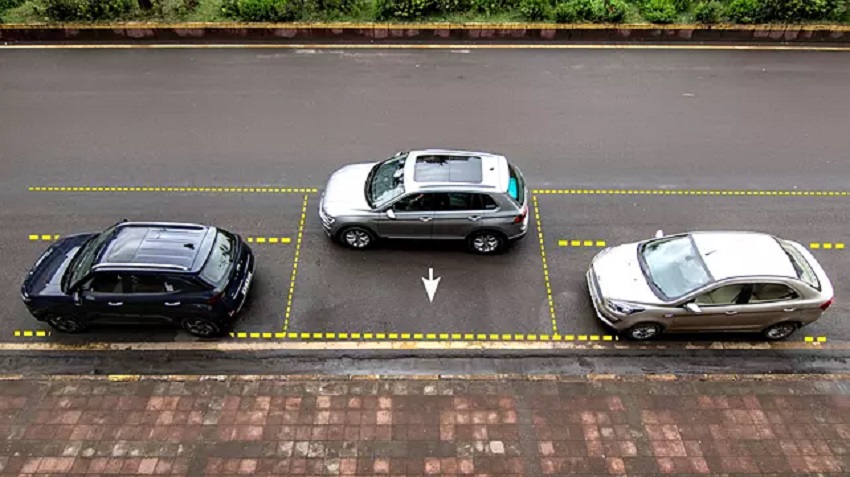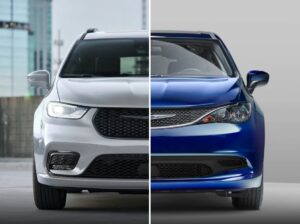Simple Steps To Master Parallel Parking Your Car

Learning how to parallel park is a vitally important driving skill. It can prevent you from receiving a parking penalty and is a terrific method to shield your vehicle from harm. First, find a space roughly one-and-a-half times your vehicle’s length. Arrive parallel to the car parked in front of it, keeping two to three feet between your bumpers.
Find a Space
Everyone knows they must abide by traffic laws when their car is moving, but it’s vital to remember that parking your car is also subject to regulations. Parking a car illegally in Illinois can result in steep fines or, worse yet, pedestrian accidents. If motorists strike a pedestrian while disobeying the law, this may give rise to legal action. You cannot park, halt, or stand in other parts of the state. Signs designating banned places are used in many jurisdictions, although Illinois contains rules that signs may only sometimes denote. You should attend driving school to learn the laws and rules of driving. When parallel parking, cars must be parked in the direction of traffic.
First, find a space long enough for your car on the side of the road. You will want to select a spot at least 16 inches longer than your vehicle. Identifying a space free of hazards and obstructions, such as fire hydrants or meters, is essential. When you are ready to park, slowly begin reversing your vehicle into the spot. Your automobile should ideally align with the rear of the car in front of you. It would help if you kept looking over both shoulders and the rear window as you reverse. Stop reversing and adjust the steering wheel after your car’s front bumper has passed the rear of the car in front of you. It will allow you to review the situation and ensure your vehicle is safely positioned in the parking space. If you feel comfortable, you can start the process again!
Position Your Car
While it may seem daunting at first, parallel parking is a technique that can be learned. It’s a skill that will be handy when it’s time to go shopping or visit friends and family.
The most important part of parallel parking Chicago IL is finding a suitable space. Once you’ve found the space, pull up parallel to it until your rear bumper is in line with its back bumper. It will help to keep you safe, especially if someone pulls up next to you or behind you during your parallel park attempt. It also makes sense to turn on your blinker at this point so that other drivers will know you’re trying to park. It will be simpler for them to give you room and prevent unintentionally backing into your car. Also, make sure to check your mirrors and the surrounding area.
Turn on Your Turn Signal
If you want to parallel park your car quickly, you must use the proper techniques. It can be a tricky maneuver for many drivers, but it’s a skill that you can master with practice. To start, find a parking spot large enough for your vehicle. Ideally, it should be one-and-a-half times longer than your car. This site can help you fit your car and still have some room left for backing out of the space. Once you’ve found a spot, pull up to the car in front of the one you want to parallel park behind. Ensure you are about 2-3 feet away from the other vehicle. Then, align your rear bumper with the vehicle’s back bumper in front of you. Next, turn your steering wheel to the right and begin to back up. Once your car’s back is in the space, apply the brake and shift into reverse.
Back-Up
Whether you’re a city driver or spend most of your time in the suburbs, there will be times when parallel parking is necessary. Although it can seem frightening at first, parking is a talent that can be picked up, and with enough practice, you’ll be able to do it effortlessly. Pull alongside the car parked in front of the space you want to park in. Start backing up once you have about two feet of space between the cars. It’s critical to pay great attention to your rearview mirror and only to stop when your right-front rear bumper is parallel to the back of the vehicle parked in front of you.








